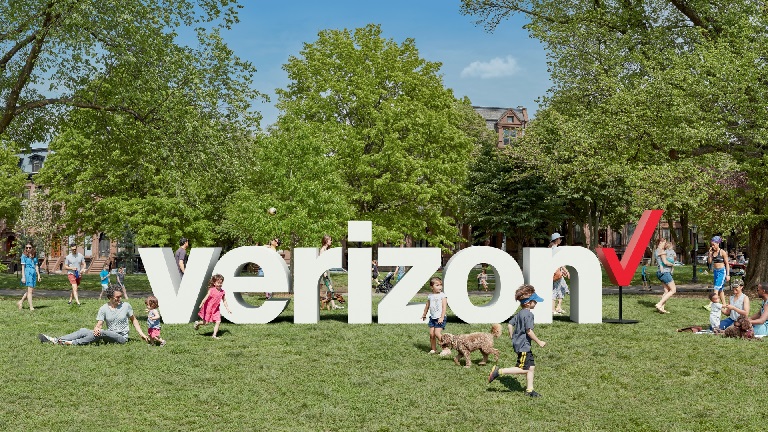Whole Foods: The Good, The Bad, and The Amazon Connection
We dove into the numbers here at Karma Wallet, and found Whole Foods scoring a 3/16, a number influenced by its association with Amazon.
March 29, 2024
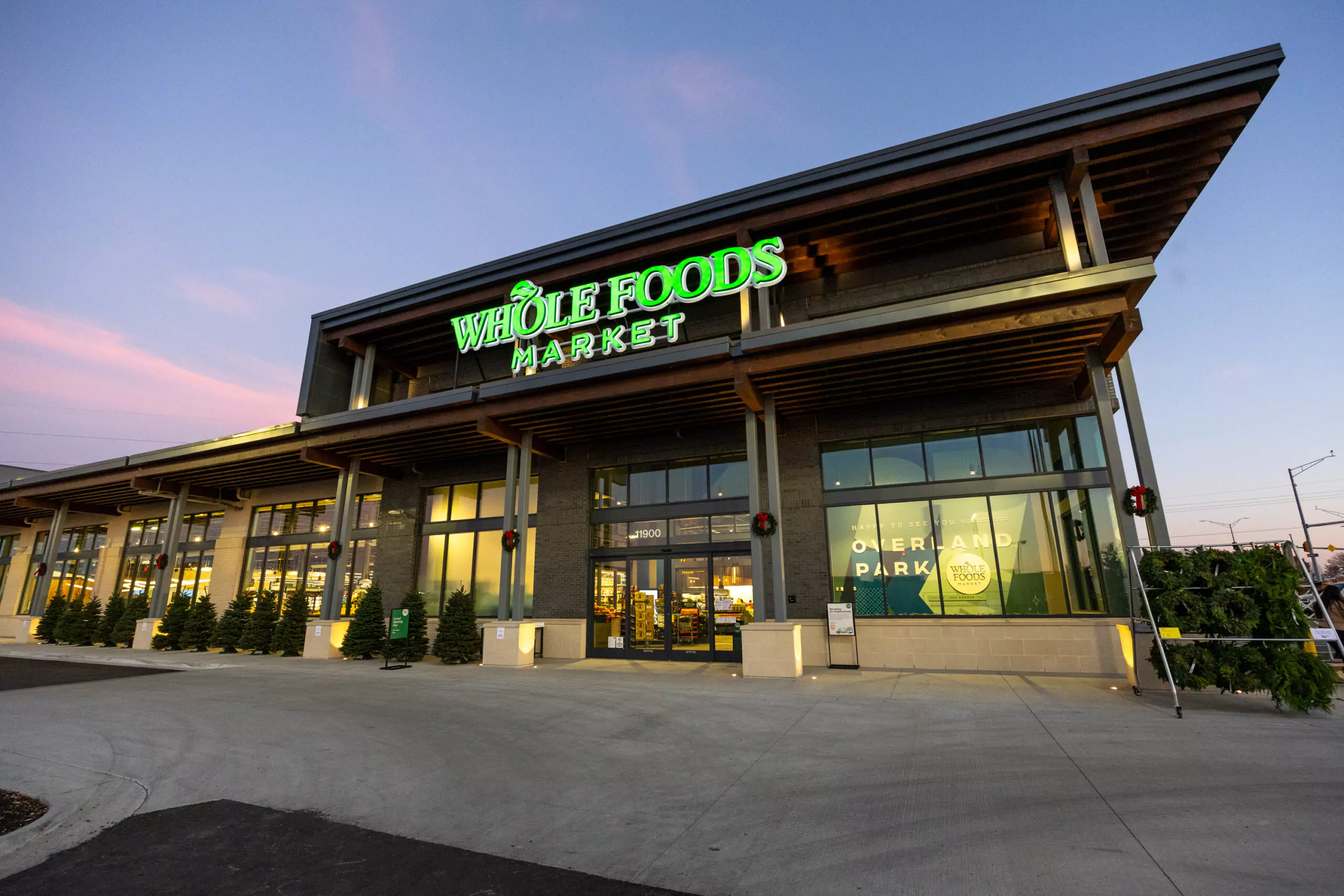
Whole Foods has always been at the forefront of the eco-conscious grocery game, pioneering with initiatives like banning plastic bags and straws, always leading the charge for sustainability. But since Amazon took the helm in 2017, it’s sparked a big question:
Will Whole Foods truly uphold its eco-friendly ethos, or will it fade into a shadow of its former glory?
We dove into the numbers here at Karma Wallet, and found Whole Foods scoring a 3/16, a number heavily influenced by its association with Amazon. That’s just shy of the sector average’s 3.46/16, prompting a deeper dive. Let’s unpack the story behind the score and see just how Whole Foods measures up to their motto ‘Whole Foods, Whole People, Whole Planet’.
The Good
Building Green: The Road to Energy Efficient Stores
Whole Foods isn’t just about fresh organic kale and artisanal cheese; they’re serious about their green creds too. From their very walls to the way they chill your favorite almond milk, they’re pushing the eco-envelope.
At the forefront of their commitment to sustainability is their dedication to energy efficiency in all their stores. They’re pioneers, first to introduce electric vehicle charging stations at their flagship store in Austin, Texas over a decade ago, leading the way in alternative energy solutions. Their efforts shine bright with nearly 70 stores now harnessing the power of the sun through rooftop solar installations[Whole Foods].
But that’s not all. Whole Foods has earned the green seal of approval, with over a dozen stores achieving Green Globes or LEED certifications.
But here’s the real kicker: Whole Foods is going toe-to-toe with one of the environment’s archenemies—hydrofluorocarbons (HFCs), the notorious greenhouse gasses from refrigeration that heat up our planet more than your morning cup of coffee.
By the end of 2022, they’ve outfitted 45 stores with refrigeration systems using low global warming potential refrigerants and upgraded another 65 with next-gen Solstice N40, slashing their potential to warm the Earth by a whopping 68% compared to old-school HFCs [Whole Foods].
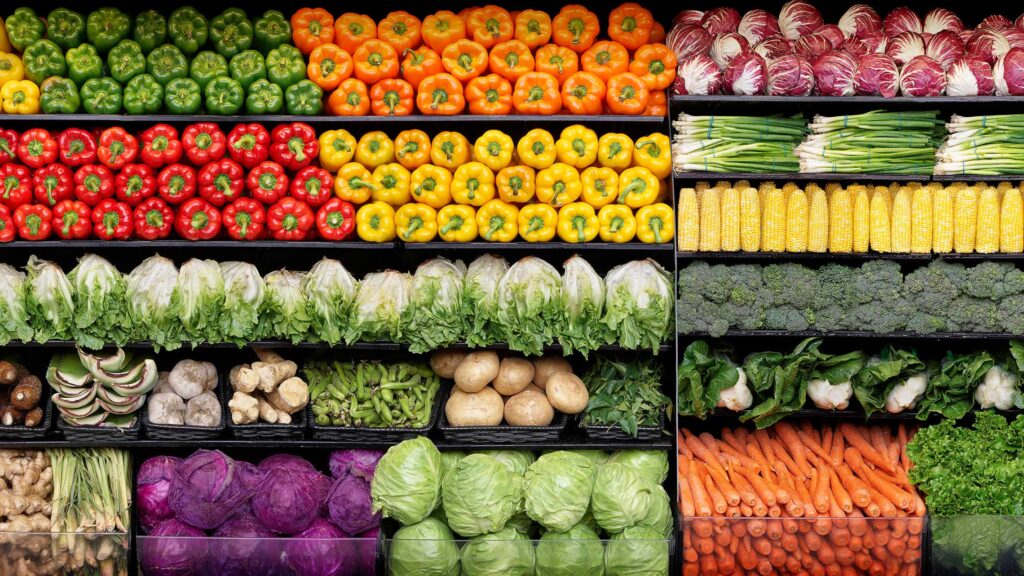
Reducing Waste: The Journey to Halve Food Waste by 2030
Strolling down to the produce aisle, we find Whole Foods sporting another sustainability badge with pride. They’re on a mission to slash their food waste by half by 2030, teaming up with Amazon as part of the U.S. Food Loss and Waste 2030 Champions. Their game plan? A triple-threat strategy aimed at significantly reducing waste.
First up, the art of upcycling. Whole Foods transforms the “not-so-pretty” produce into culinary delights, from bakery treasures to hot bar favorites, while also purchasing these underdogs from suppliers to keep the cycle of sustainability spinning. Then there’s their heartwarming commitment to community nourishment. Through partnerships like the Food Donation Connection, they’ve funneled over 30 million meals in 2022 to those in need, touching nearly a thousand food rescue programs [Whole Foods]. The launch of Nourishing Our Neighborhoods sent refrigerated vans across the U.S. and Canada, ensuring that each week, 20,000 pounds of food find their way to tables instead of trash cans [Whole Foods].
But the pièce de résistance in Whole Foods’ eco-arsenal is their transformation of food waste into renewable energy via anaerobic digestion. This scientific marvel turns yesterday’s leftovers into today’s power, contributing to both electricity and heating. The Grind2Energy system plays a pivotal role, capturing and transporting food waste to anaerobic digesters. With 25 systems in action, they’ve redirected 2,529 tons of waste in 2022 alone, proving Whole Foods isn’t just talking the talk—they’re walking the walk, all the way to a greener future [Whole Foods].
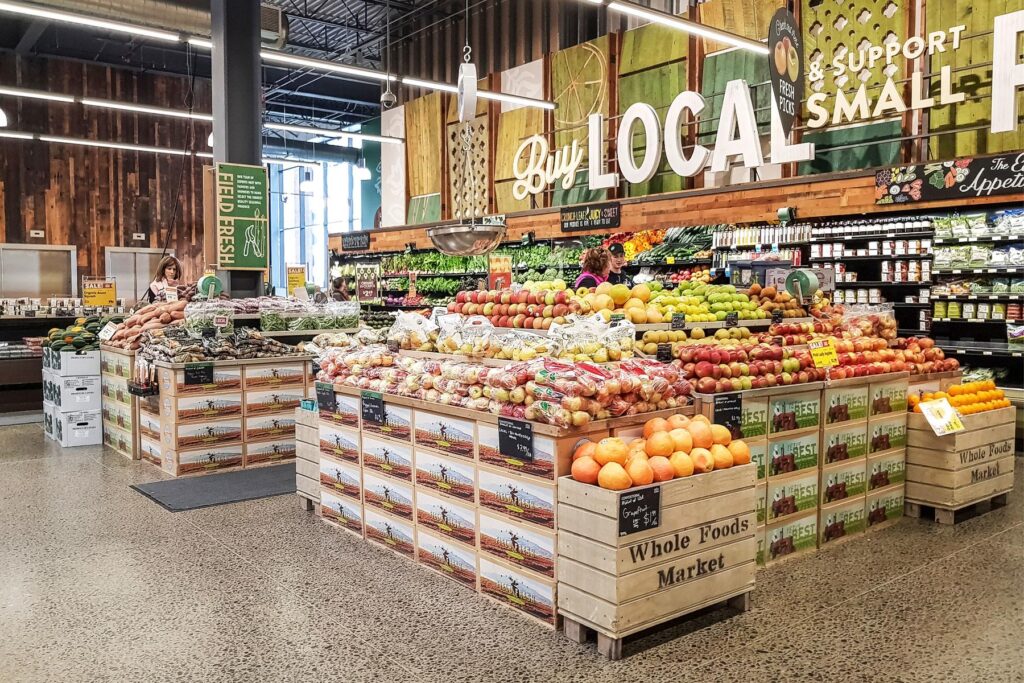
Farming the Future: Betting on Regenerative Agriculture & Pollinator Protection
Whole Foods isn’t staying within the confines of their stores; they’re heading straight to the farm with a strong commitment to regenerative agriculture. This method is all about revitalizing farming and grazing practices to enhance soil health, increase biodiversity, and boost carbon capture.
On their website they quote Tim LaSalle, Cofounder, Center for Regenerative Agriculture & Resilient Systems, “The FAO at the United Nations has stated that we have 60 harvests left on this planet. That’s because we continue to degrade and lose soil.” making it clear that they’re efforts are not just about plastering a sustainable farming label on their products; but about ensuring our soil remains fertile for generations to come.
In addition to nurturing the land, Whole Foods is also flying to the rescue of pollinators, crucial for every third bite of food we take [U.S Department of Agriculture] Acknowledging the alarming decline in bee and other pollinator populations, they’ve launched a pollinator policy aiming by 2025 to ensure all fresh produce and floral suppliers implement integrated pest management systems [Whole Foods]. This move is designed to lessen the reliance on neonicotinoids, a type of pesticide that poses significant risks to pollinators. Through these actions, Whole Foods showcases its broader environmental mission, stretching from the store shelves all the way back to the farm.
The Bad
Whole Foods’ Plastic Problem
Let’s face it, Whole Foods has been both praised and poked fun at when it comes to their approach to packaging. Remember the infamous asparagus water or the pre-peeled, plastic-encased oranges? Yep, those sparked more than just a few double-takes and memes.
But are these instances just quirky outliers, or do they hint at a deeper issue?
In 2022, a deep dive by U.S. PIRG Education Fund and Environment America Research & Policy Center into Whole Foods’ 365 brand packaging painted a complex picture. Their findings? Despite commendable efforts to cut down on plastic, shoppers still face a plastic predicament, with less than half of the 365 brand items available in plastic-free packaging in most stores. It’s a bit of a sticky situation for a brand that’s built its name on sustainability.
But it’s not all grim. Whole Foods seems to have heard the wake-up call, ringing loud and clear. They’ve made strides, reducing a whopping 1 million pounds of plastic annually and leading the charge by ditching plastic bags way back in 2008 for 100% recycled paper ones [Whole Foods]. Their partnership with the Forest Stewardship Council (FSC) signals a serious commitment to tackling single-use plastics head-on. From switching to paper straws to slimming down produce bags—changes that are predicted to save over 200,000 pounds of plastic yearly—Whole Foods is on a mission to clean up its act [Whole Foods].
So, while the road might have had its bumps, it looks like they are setting their sights on a less plastic-filled horizon.

Under the Microscope: Greenwashing Acquisitions
Diving deeper into Whole Foods’ sustainability claims, we place their eco-credentials under the microscope. The journey has revealed some uncomfortable truths, especially when it comes to allegations of greenwashing.
As we touched on above, Whole Foods prides themselves on swapping disposable plastic bags for those made of 100% recycled paper. Yet, insights from Ray Haynes’ article in The Examiner suggest a different story. Despite the brand’s eco-friendly assertions, their paper bags are reported to contain only 40% recycled content, challenging the integrity of their environmental claims.
Additionally, he highlights a frequently overlooked fact: plastic can be recycled, often more efficiently and cost-effectively than paper. Recycling plastic actually costs 91 percent less than recycling equivalent weights of paper, and the plastic recycling market is expanding as consumer awareness grows.
Plus plastic bags, derived from natural gas, demand fewer resources and generate significantly less waste and greenhouse gasses compared to their paper counterparts. The production of paper bags not only requires virgin timber, leading to deforestation, but also uses 40% more energy and produces 80% more waste. Woah….
This has us raising an eyebrow: just how deep does Whole Foods’ eco-commitment really run?
If this eco-flagship sails with holes in its green sails, what’s the real story behind their entire sustainability voyage?
The Amazon Connection
But there’s bigger news than the plastic debate that Whole Foods has to contend with. When Amazon stepped into the picture in 2017, the eco-conscious crowd held their breath.
The giant’s shadow loomed large, stirring a cocktail of worries and whispers: Would Whole Foods’ green heart beat the same under the banner of a tech titan known more for its delivery boxes than its dedication to the planet?
The fear is not unfounded. Amazon’s colossal footprint, digital dominance, and voracious growth have often been at odds with the slow, deliberate pace of true sustainability. Critics point fingers, fearing that Whole Foods might stray from its path, lured by efficiency and expansion over environmental ethics. You simply can’t turn away from the hard truths, in 2021 alone, Amazon created 72 million metric tons of carbon dioxide.That’s six times more carbon than the entire country of Afghanistan that year [Amazon Web Services (AWS)].
Yet, the some of our data paint a complex picture.
Since joining under Amazon’s leadership, they have refused to swap out regional suppliers for bigger names as feared, adding 3,000 local brands in the past five years – that’s up 30% since before the switch (CNBC). It also seems that the tech giants’ access to Ai and customer algorithm has increased store diversity, allowing for regional tastes and flavors to remain rich, further supporting local providers.
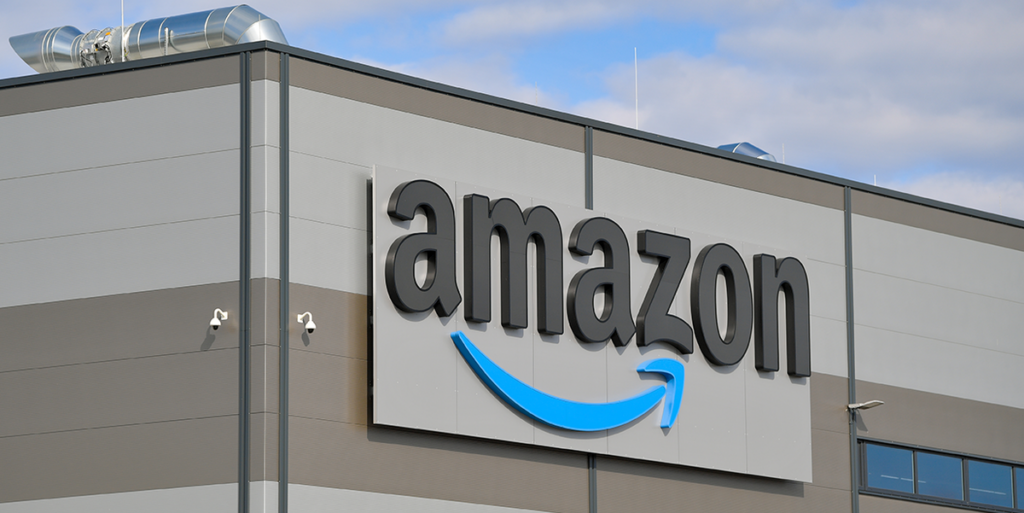
However, we do have to admit the fear of greenwashing & disinformation taints some of this research for us, as it does for others. A 2014 report by Greenpeace exposes Amazon’s Web Services subsidiary as ‘one of the dirtiest and least transparent companies in the sector, far behind it major competitor with zero reporting of its energy or environmental footprint’ [Slate].
How can we trust we’ll be getting accurate information if any out of Whole Foods, especially considering their track record before?
The Final World on Whole Foods
Our journey through Whole Foods’ sustainability initiatives has been a rollercoaster of highs and lows. On one hand, we’ve been pleasantly surprised by some of the major eco-wins and pledges that Whole Foods has undertaken.
From their commitment to energy-efficient stores to their efforts to halve food waste by 2030 and support regenerative agriculture, there’s no denying that Whole Foods has made significant strides towards a greener future. However, our optimism is tempered by concerns about the future, particularly in light of Amazon’s involvement.
It is clear though, that the public’s voice has been instrumental in shaping the discourse around environmental responsibility, especially for Whole Foods. From grassroots movements to social media activism, individuals like you have played a pivotal role in holding companies accountable for their actions.
So, what are your thoughts on the future of Whole Foods’ sustainability efforts under Amazon’s ownership? Do you believe they will continue to listen to stakeholders and the public for advice, or are there concerns about their trajectory? How can we ensure our voices are heard?
We rate Whole Foods sustainability 3/16, with most of their points coming from Climate Action Initiatives and a bit of a hit for Community Welfare. Check out their Karma Wallet Company Report Card below! You can also hop on over to our Blog for a deep dive into Amazon’s Good & Bad Breakdown.









